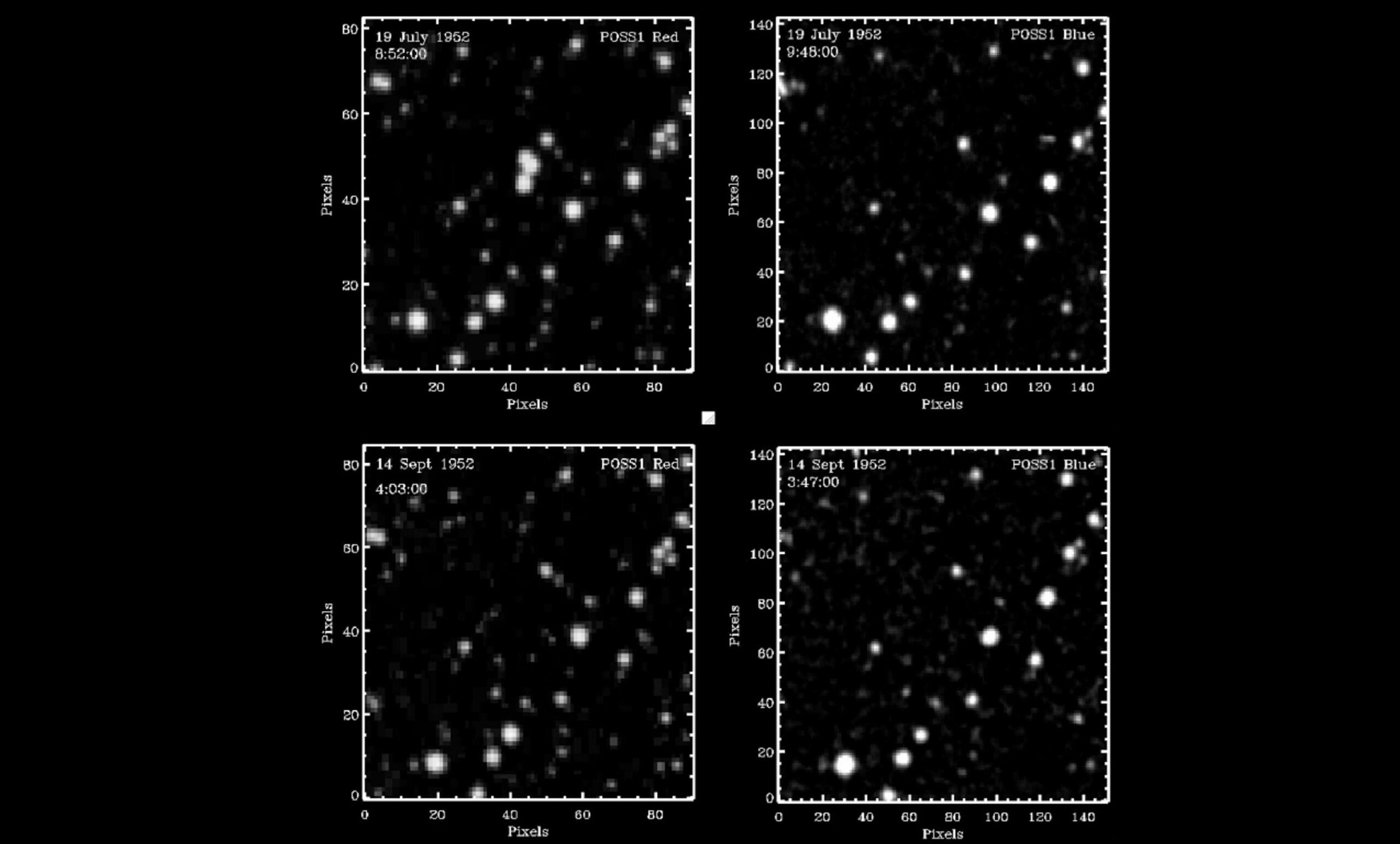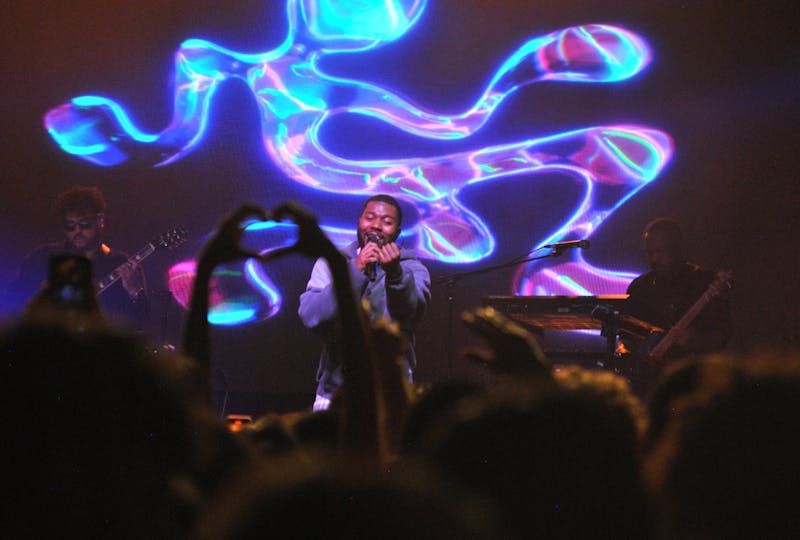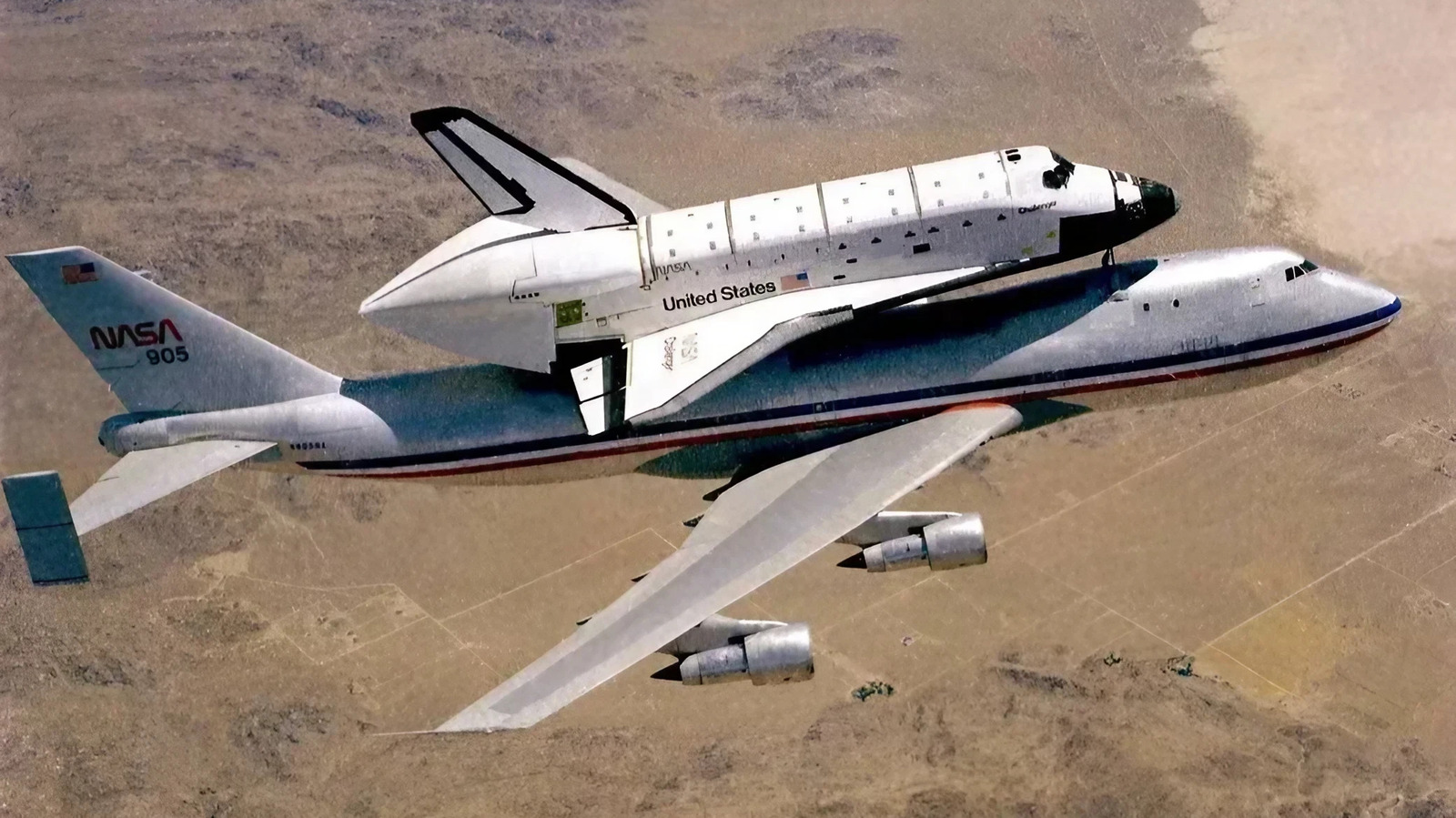Researchers from the Vanishing and Appearing Sources during a Century of Observations project (VASCO) have uncovered intriguing transient lights in the night sky, captured in photographs taken between **1949** and **1957**, prior to the launch of the first human-made satellite, the **USSR’s Sputnik**. These findings correlate with periods of heightened nuclear weapons testing, raising questions about the origins and implications of these mysterious phenomena.
The VASCO project aims to analyze archived astronomical photographs for unusual patterns that warrant further study. Their recent survey, published in the journal **Scientific Reports**, identified several “star-like objects of unknown origin” taken by the **Palomar Observatory** in San Diego. The transient objects are defined as those that lasted less than **50 minutes**—the timeframe for capturing a single image—and could not be attributed to known sources such as asteroids or equipment malfunctions.
Interestingly, the VASCO team found a significant correlation between the appearance of these unexplained lights and nuclear tests conducted during the post-World War II era. Specifically, the study revealed that these transient objects were **45 percent** more likely to appear within one day of an atomic test. Additionally, there was a noted link between the transient lights and reports of unidentified anomalous phenomena (UAPs), with the likelihood of transient activity increasing by **8.5 percent** for every reported UAP sighting.
In their published findings, the VASCO team asserts that their research provides “additional empirical support for the validity of the UAP phenomenon and its potential connection to nuclear weapons activity.” This assertion has sparked considerable interest among those who theorize that advanced intelligences may be monitoring humanity’s nuclear capabilities.
Nonetheless, as highlighted by **Scientific American**, alternative explanations for these lights exist. They may be related to atmospheric radiation resulting from nuclear tests or observations of high-altitude balloons deployed to monitor nuclear detonations during that time. Some of the phenomena could also be analogous to cosmological events, such as gamma-ray bursts, which are still recorded today.
The controversy surrounding the research is evident, as the preprint repository **arXiv.org** chose not to accept the paper before its publication in **Scientific Reports**. This decision underscores the ongoing debate within the scientific community regarding the interpretation of the data and its implications for understanding both our universe and potential extraterrestrial interests.
As scientists continue to sift through historical astronomical data, the findings from VASCO serve as a reminder of the complexities of our night sky and the myriad of factors that contribute to our understanding of it. The intersection of nuclear history and potential extraterrestrial observation remains an area ripe for further exploration and debate.






